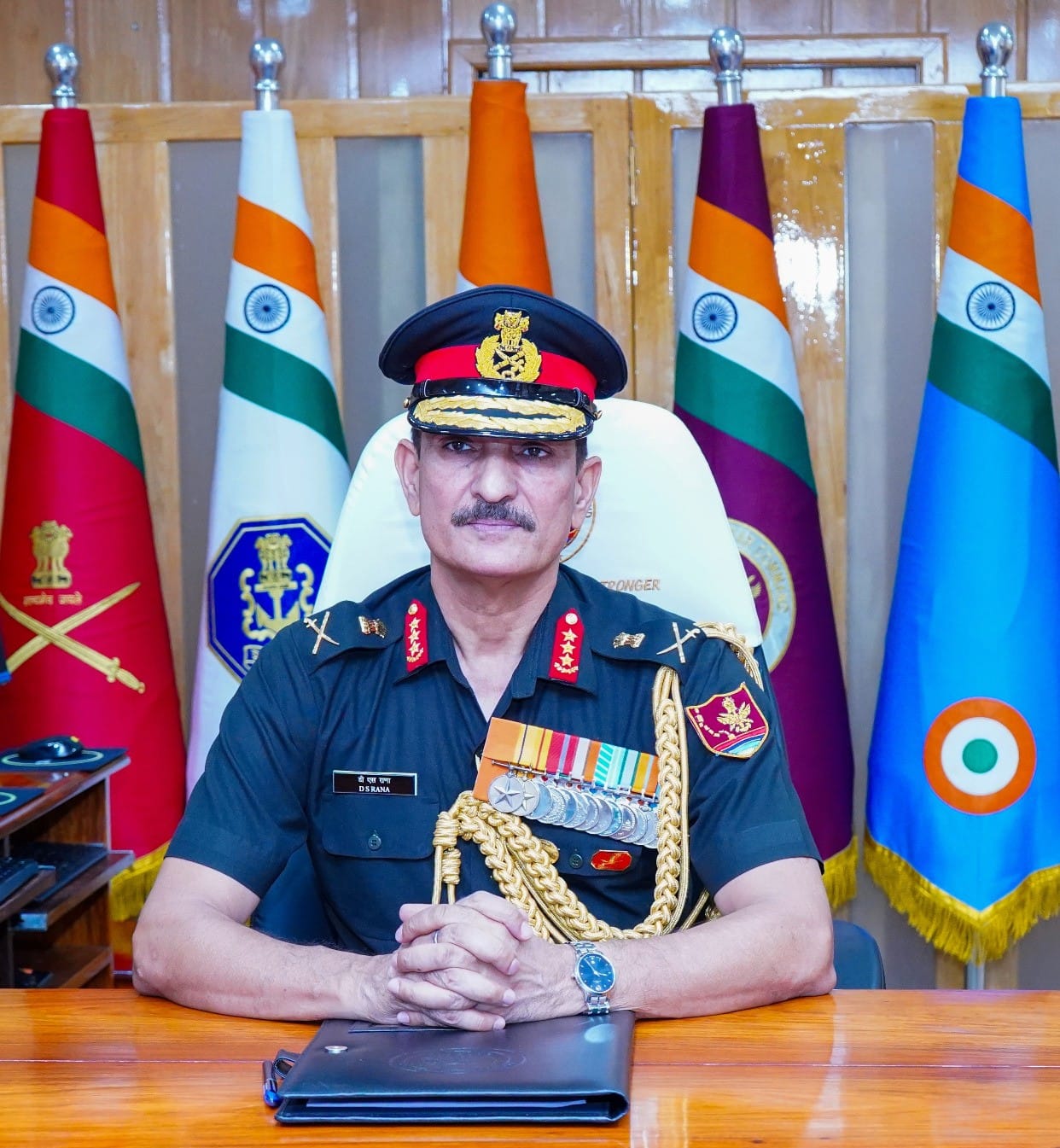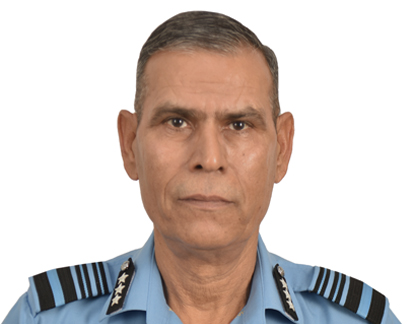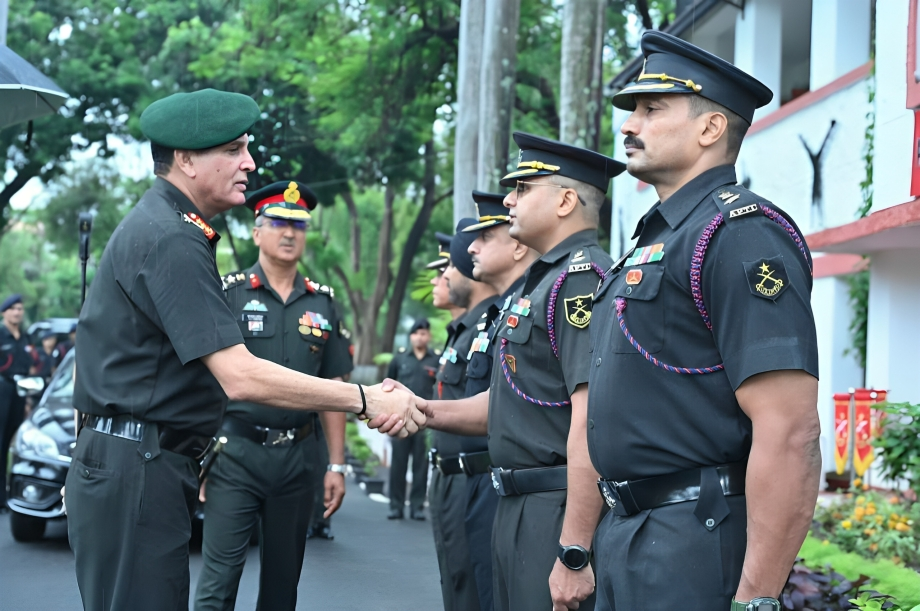Lt Gen DS Rana Officially Takes Charge as New Commander of Andaman & Nicobar Command
Lieutenant General Dinesh Singh Rana, PVSM, AVSM, YSM, SM, Ph.D, officially assumed command today as the 18th Commander-in-Chief of the…
Tu-95 Aircrafts Destroyed in Olenya Air Base By Ukraine Drone Attack
A series of powerful explosions were reported near the Olenya Air Base in Russia’s Murmansk region on Sunday, raising fresh…
European Naval Ships Conclude Historic Visit to Mumbai, Marking New Era in India-EU Maritime Partnership
In a landmark event symbolizing the growing strategic partnership between India and the European Union, two European naval ships—ESPS Reina…
Air Marshal Jasvir Singh Mann Assumes Strategic Role as SASO of Western Air Command
Air Marshal Jasvir Singh Mann has officially assumed the position of Senior Air Staff Officer (SASO) of the Western Air…
Air Marshal Manish Khanna Appointed as the New Chief of Southern Air Command: Know More About Him
On June 1 2025, Air Marshal Manish Khanna took over as the Air Officer Commanding-in-Chief (AOC-in-C) of the Southern Air…
Lt Gen Dhiraj Seth Reviews Training Facilities at Army Institute of Physical Training in Pune
Lieutenant General Dhiraj Seth, General Officer Commanding-in-Chief of the Southern Command, Indian Army, visited the Army Institute of Physical Training…






